The Truth Behind No Pain No Gain
No pain, no gain is common expression that is frequently heard from a young age. But how applicable is this phrase in relation to rehabilitation?
It was previously thought that rest was the best thing to aid recovery of acute musculoskeletal injuries, however, we now know that loading the affected area is best to optimise tissue healing. But you may be thinking – am I causing more damage to the injury by participating in activities and exercises that cause pain? Afterall, pain is the innate body’s way of telling you to stop.
However, emerging evidence has demonstrated that rehabilitation does not need to be pain free. A meta-analysis combined 9 different articles to determine whether patients with chronic musculoskeletal pain had better improvements in function and disability when participating in a rehabilitation protocol that encouraged some pain compared to one that avoided pain (Smith et al., 2017). The authors found that those who exercised into pain had significantly better outcomes when compared to the pain-free exercise group after 3 months following treatment. Additionally, there were no differences found between these two groups beyond 3 months. Considering this, pain with exercises does not need to be avoided and actually offers short term benefits over pain free exercises.
If you have any concerns about return to activity or advice on exercise it is always best to consult your physiotherapist first.
By Kiyomi Lim, Physiotherapy Student at Exercise Thought
Reference:
Smith, B. E., Hendrick, P., Smith, T. O., Bateman, M., Moffatt, F., Rathleff, M. S., Selfe, J., & Logan, P. (2017). Should exercises be painful in the management of chronic musculoskeletal pain? A systematic review and meta-analysis. British journal of sports medicine, 51(23), 1679–1687. https://doi.org/10.1136/bjsports-2016-097383

